What are essential oils?
Essential oils are liquid extracts from aromatic plants obtained by steam destillation or, in the case of citrus fruits, by cold pressure of the pericarp. They have been widely used since the Middle Ages for bactericidal, virucidal, fungicidal, antiparasitic, insecticidal, medicinal and cosmetic applications. Nowadays are mainly used in the pharmaceutical, healthcare, cosmetic, agricultural and food industries. Essential oils from different plant species contain more than 200 constituents which are composed of volatile molecules such as terpenes and terpenoids, aromatic components derived from phenol and aliphatic components.
Aromatherapy
Aromatherapy is defined as the art and science of utilizing naturally extracted aromatic essences from plants to balance, harmonize and promote the health of body, mind and spirit.
Properties
There are a large number of published articles which highlight the antimicrobial, anti-inflammatory, antioxidant, anticancer, anxiolytic, antispasmodic, antidepressant, analgesic, and antidiabetic activities of essential oils. These characteristics help to optimize the therapeutic properties of cosmetics by promoting the tonicity of the venous walls and lymphatic drainage, soothing muscle and joint pain, increasing the body’s defenses and improving the immune system, and delaying the signs of aging, reducing the appearance of spots, wrinkles, acne, dryness or cellulite, among others.
Discover more about essential oils and its therapeutic properties in our section the science behind.


